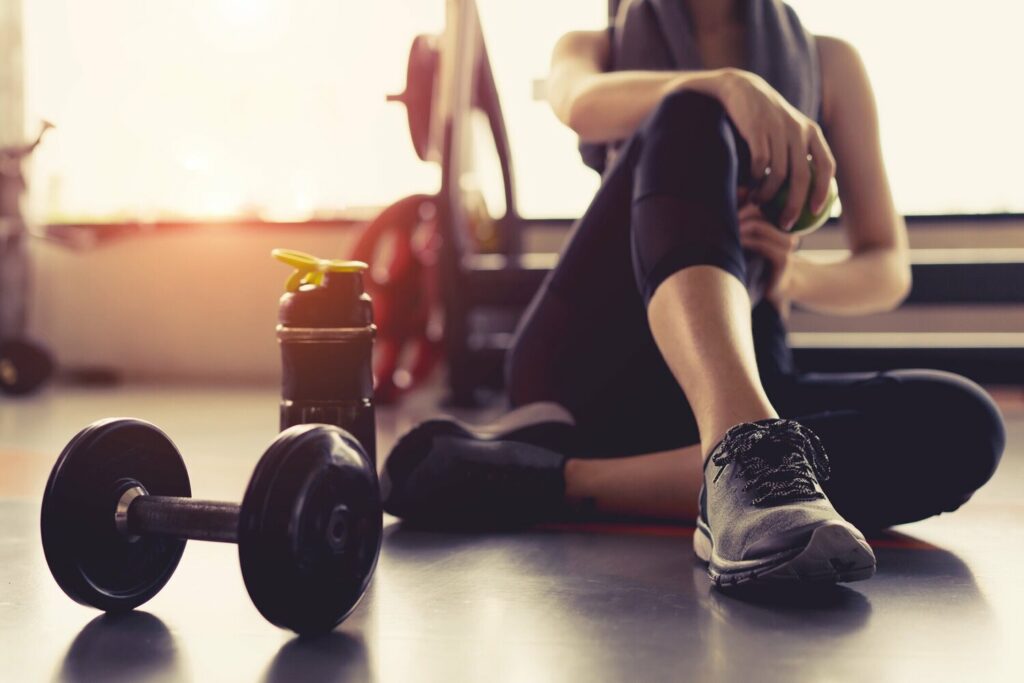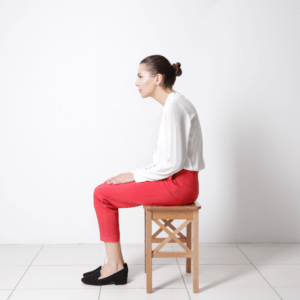There is a lot we do not know about tendinopathies with many brilliant minds researching the best way to manage, treat and return back to normal activity and function. Jonno who is our sports injury specialist at Chiswick-Physio summarises the inalienable truths that you should know if you have been diagnosed or think you have a tendinopathy.
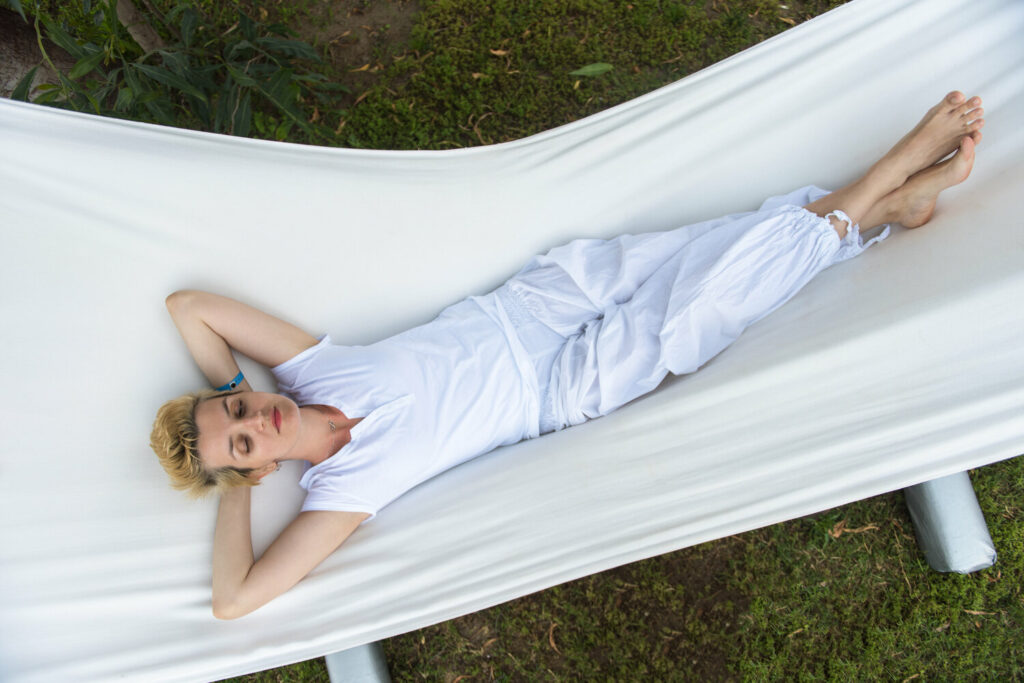
Rest is not the definitive answer
The old adage of use it or lose it applies to tendons. With resting you decrease the ability of the tendon to take load. It also affects the muscles attached to the tendon and the rest of the limb, leaving you with less ability to load the tendon. Yes, the pain may settle during periods of rest however returning to the activity you love is often painful again because rest does not address your tendons tolerance to load.
Exercise is the most evidence-based treatment for tendinopathy
Tendons need to be loaded progressively so that they can develop a greater tolerance to the loads that an individual needs to endure in their day-to-day life. In a vast majority of cases (but not all) tendinopathies will not improve without this vital load stimulus. A combination approach of isometric, eccentric, heavy slow resistance and energy-storage and release exercises are shown to be the most effective.

It’s not all about inflammation
Although there are some inflammatory biochemical cells involved, it is not considered to be a classic inflammatory response. The use of anti-inflammatories such as ibuprofen may help when experiencing very high pain levels, but it is not clear what effect they actually have on the cells and pathology.
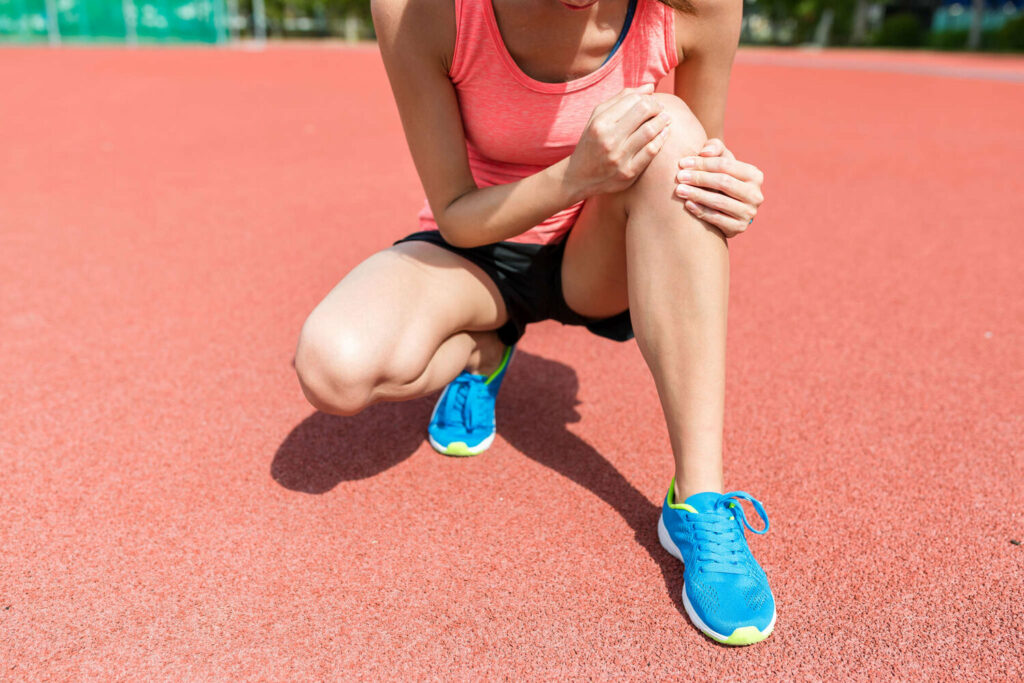
Do not ignore your pain
You cannot ignore your pain. Your pain is your guide. Pain is a way of telling you that the loads you are performing are too much. You need to manage and modify these loads on your tendon. Reduce the aggravating aspects of the training that are overloading your tendon, and slowly increase this tolerance of tendon to load.
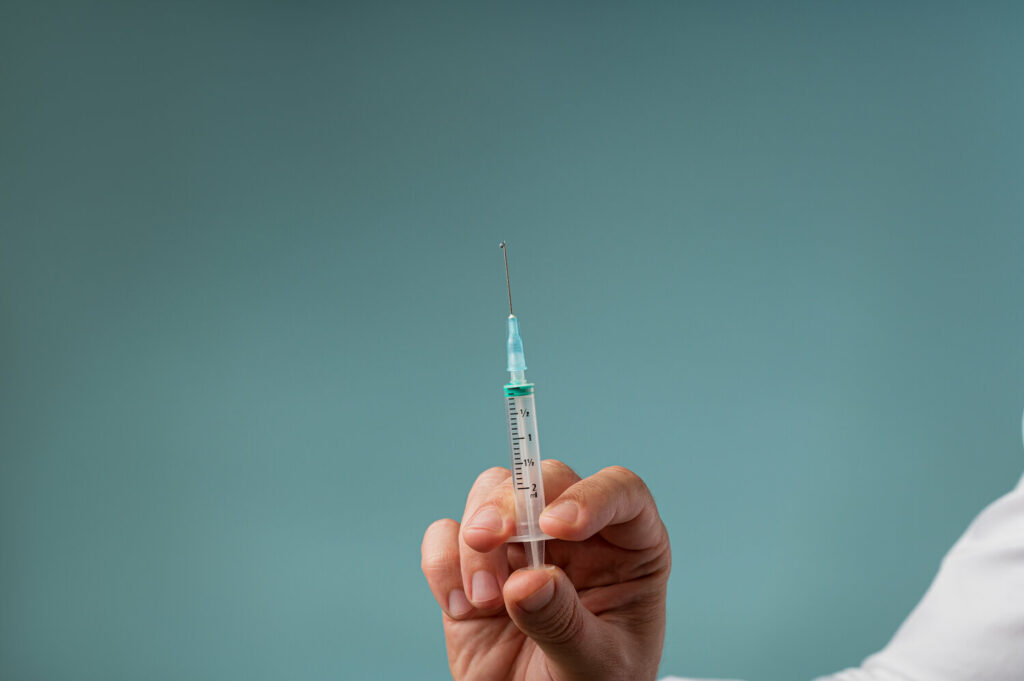
Don’t opt for injection therapies
Injections into the tendon have not shown to be effective as a standalone treatment. Many injections are based on the false premise that tendons heal like other tissues and that there is a capacity to return a pathological tendon back to normal. Do not have an injection into a tendon unless it has not responded to a good exercise programme. It is also worth mentioning that multiple injections in particular should be avoided, as this is often linked with poorer outcomes.

Don’t stretch
Apart from the load on your tendon when playing sport or exercising, there are compressive loads that occur when the tendon is at its longest length, adding stretching to most tendons only adds to these compressive loads that we know are detrimental to the tendon.

Don’t massage
A painful tendon is telling you that it is overloaded and irritated, therefore adding further pressure by massaging it can actually increase your pain. Think of it like a bruise; you would not keep poking and prodding it. You may feel some instant relief after a massage but it can be worse when you load them. If your muscles attached to your tendon are tight the use of massage to the muscle can be helpful.
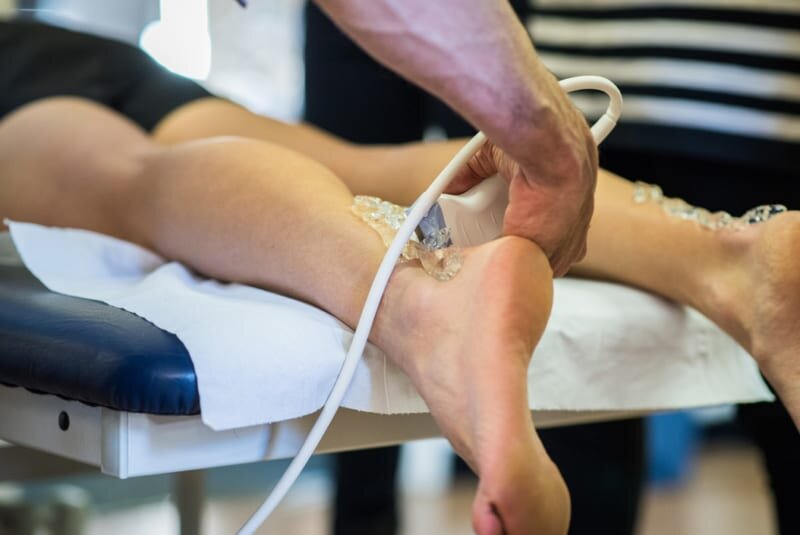
Tendon imaging is NOT equal to pain
Images of your tendon with ultrasound and MRI can be frightening, and the words used by doctors and some healthcare professionals such as degenerative and tears can scare you and leave you wondering if your tendon should be loaded. There is strong evidence that a pathological tendon can tolerate loads, they just need to be gradually increased.
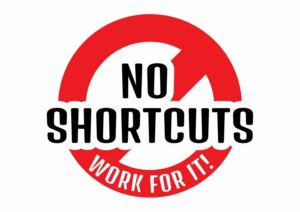
There are no shortcuts
Tendinopathy responds very slowly to exercise. Patience is key. You need to be patient. You need to ensure that exercises are correct and progressed appropriately. Resist the temptation to use ‘shortcuts’ like surgery or injections as there are no shortcuts.

Do not worry about a rupture
Your pain is protecting your tendon. It makes you unload it and reduces your activity. Most people who rupture a tendon have never had pain before, despite the tendon having substantial pathology.
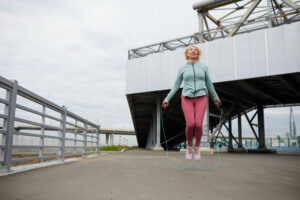
You need to understand what high loads of the tendon are
The highest loads on tendons are when using it like a spring; jumping, quick changes in direction, running and sprinting. Any loads that do not involve these movements are low loads for a tendon. Which is why exercise using weights and exercise that is slow will not place a high load on the tendon, although they can certainly have a beneficial effect on the muscles.

Tendinopathy can be caused by many different risk factors
The main factor is a sudden change in certain activities – these activities include:
1) those that require the tendon to store energy (i.e. walking, running, jumping).
2) loads that compress the tendon.
Some people are predisposed because of biomechanics (e.g. poor muscle capacity or endurance) or systemic factors (e.g. age, menopause, elevated cholesterol, increased susceptibility to pain, etc). Predisposed people may develop tendon pain with even subtle changes in their activity.
If you would like to discuss any of the above and/or any other issues that you have, then please take us up on our free 15 minute online consultation where you can discuss these issues with one of our specialist physiotherapists.


